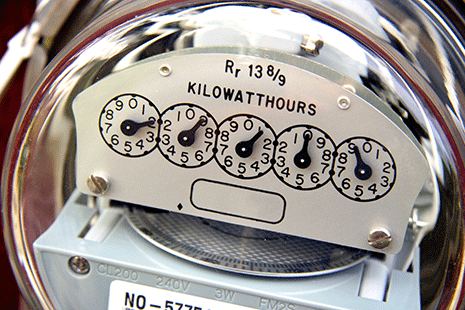![]()
Net Metering allows utility customers who generate their own electricity from solar power to feed electricity they do not use back into the grid. During some daylight hours, a solar installation may produce more energy than is being instantaneously required by the host building load. This excess generation is then pushed back onto the grid for nearby local consumption. This excess generation needs a method to track its flow and pay (or credit) the originator.
Net Metering is the most common billing mechanism used that credits solar energy system owners for the electricity they add to the grid. If credited at the retail rate (or the variable cost of billed energy) it is a fair exchange between the utility and their solar customer. The exchange is at the rate that the host customer actually pays for electricity. Other, less preferred billing mechanisms are in place at many utilities and they should be avoided.

Care must be taken during design and construction of the solar installation to make sure it qualifies for the preferred Net Metering Rate Plan.






